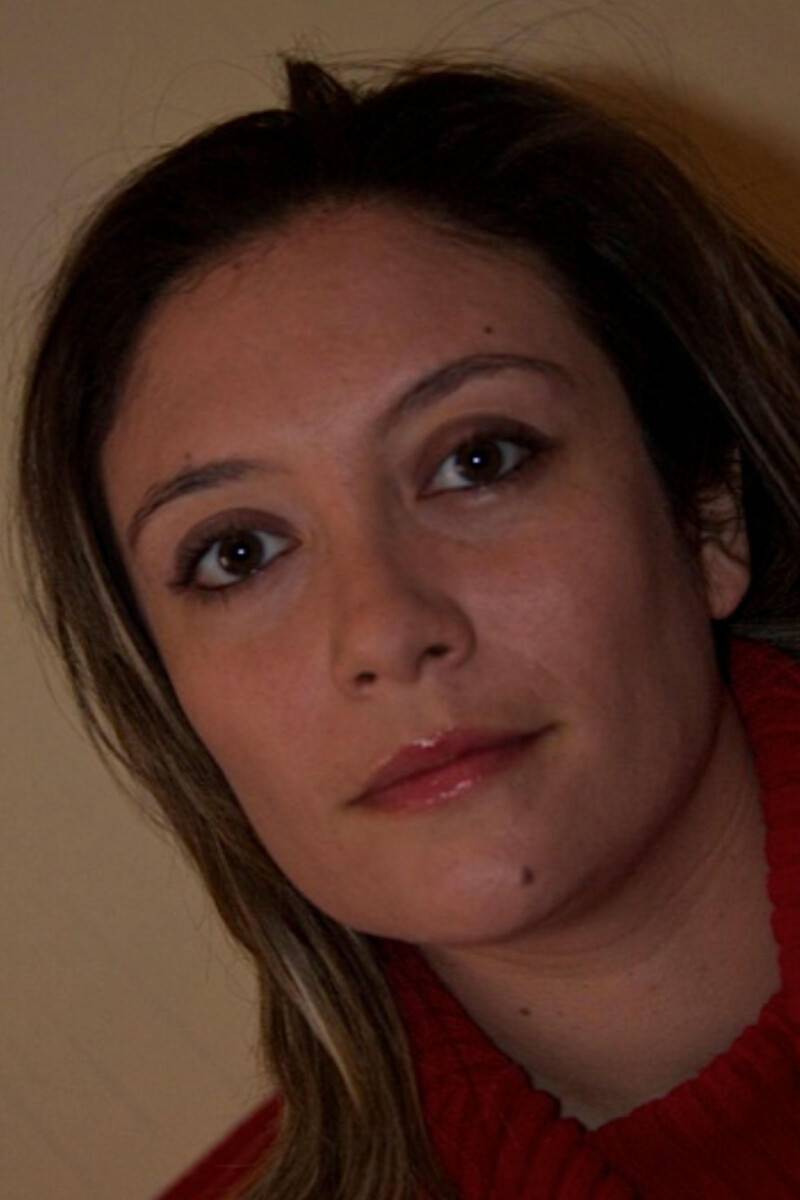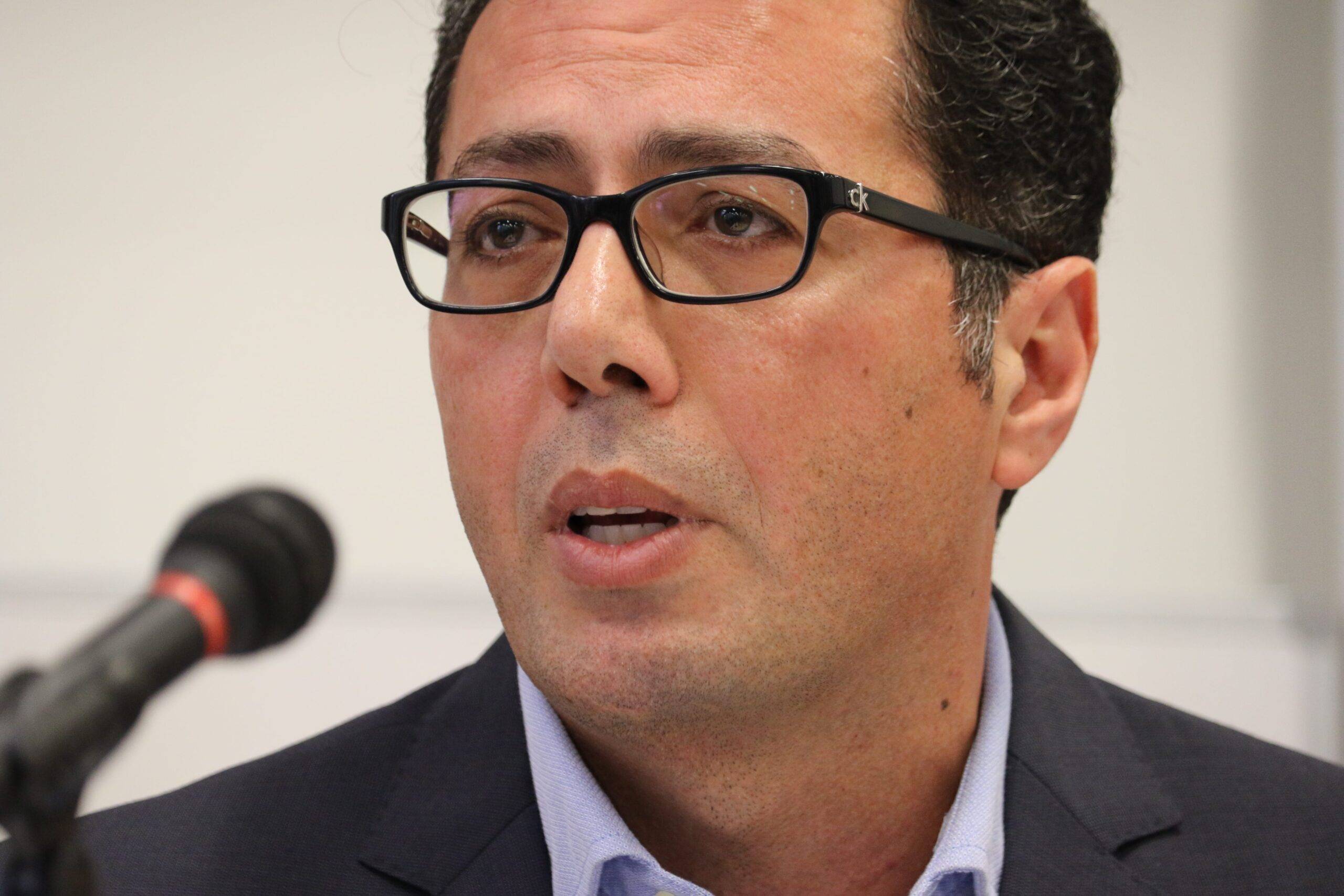On 1 April, a mural appeared in the Italian city of Naples. It depicts Palestinian workers lining up at an Israeli military checkpoint near Bethlehem in the occupied West Bank. The mural is called “Welcome to Bethlehem” and quickly became popular in the city and on social media. It was the work of a well-known Italian artist and photographer, Eduardo Castaldo.
Castaldo is a cinema and television photographer, and is not your typical artist. He dedicates part of his time and efforts to championing struggles for human rights, equality and justice, especially in Palestine and the wider Middle East.
It is only befitting that Castaldo is from Naples, a southern Italian city with deep historical and cultural connections with Palestine and the Arab world. Just as Italian culture influenced the Arab world, numerous markers of Arab culture can be detected in Naples, from the Neapolitan dialect to music and dance; to food and much more.
Moreover, Naples itself is a symbol of the Italian resistance movement during World War Two. The September 1943 uprising known as “Le Quattro Giornate di Napoli” — The Four Days of Naples — was a watershed in the history of the city as it liberated itself from Nazi Germany’s occupation.
Castaldo’s mural of the Palestinian workers is not his only work on Palestine and the Middle East. He has done much more. Moreover, he spent years in Palestine working as a photojournalist.
We spoke to the Italian artist to understand his connection with Palestine and the Arab world, his inspirations and his ongoing fight against injustice in all of its forms.
READ: Discover Mar Saba Monastery, Palestine
“This work originated from my experience as a photojournalist in the Middle East,” Castaldo said when asked about “Welcome to Bethlehem”.
His work as a photojournalist in Palestine from 2007 to 2011 allowed him to immerse himself in the Palestinian experience and to “witness directly the cruel dynamics of Israeli military occupation.” He visited the Bethlehem checkpoint several times. “I took many photos there,” he explained. “My street artwork is a collage of photos that I took at the time.”

Artwork by the well-known Italian artist and photographer, Eduardo Castaldo.
It was a “particularly harrowing” experience:
“I was standing outside the checkpoint cage, taking pictures of Palestinian workers aged between 30 and 60, even 70, piled on top of one another for hours to pass through the checkpoint and get to work in Jerusalem. These people repeated this same routine every day, from as early as 4am to 8am. And every day, they were forced by circumstances to suffer that same dehumanising experience, simply to earn meagre amounts of money [to feed their families].”
Castaldo felt “uncomfortable being a Western photojournalist, outside of the bars, taking pictures” of Palestinian workers trapped inside. He told us why:
“These people were already deprived of their dignity and I didn’t feel I had the right to take photos of them as if they were animals in a zoo. This feeling was so unpleasant that I decided not to show or sell those pictures to newspapers.”
That feeling didn’t leave him. In fact, it grew “stronger and stronger” to the point that Castaldo quit photojournalism altogether. His experiences in Palestine, though, remain imprinted in his mind to this day.
Around 2018, he decided to re-elaborate these photos and turn them into something else entirely.
“I put together 40-50 images in one single image, which won several awards, including the Sony World Photography Awards in 2018. Feeling the need to convey Palestinians’ painful experiences to the world, I transformed that picture into a street artwork. As an artist, that was my way to narrate that experience: both my feeling of discomfort and the humiliation and abuse that Palestinians were forced to endure.”
The Bethlehem mural is not the only street artwork that Castaldo has dedicated to Palestine. In Via San Giovanni a Pignatelli, also in Naples, there is another breathtaking mural of a Neapolitan woman dumping a bucket of water over two Israeli soldiers who are trying to climb the wall. This, he pointed out, is also a reconstruction of a photo taken during an Israeli military operation in Palestine:
“The throwing water is quite common in Naples, especially by women who want to scare away kids when they are too loud in the street. By associating this typical reaction with Israeli soldiers I tried to epitomise Naples’ solidarity with the Palestinian people. In my mind, that gesture became a symbol of ‘anti-Zionist’ Naples.”
READ: Ramadan represents a wake-up call for the aching body of the Muslim world
But Castaldo’s Palestinian inspiration goes beyond the geographical boundaries of occupied Palestine to Italy itself. “I decided to add an element to the Palestinian flag.” This is in the mural, and is a portrait of Ali Oraney, a Palestinian-Italian activist who lived in Naples from the early 1980s and died from Covid-19 some months ago.
“Ali played an important role in carrying on with the struggle of the Palestinian people even in Naples. He was one of the key figures for pro-Palestine activism in the city and, more generally, in Italy. The portrait is a tribute from my town to the Palestinian people and Ali.”
Like many artists, journalists and other visitors to Palestine, the human connection is, for Castaldo, a far more powerful rapport than that which comes from books and news broadcasts. Spending time with Palestinian people is usually the best antidote to the dehumanisation that they suffer at the hands of the mainstream media. Living in Palestine and the Arab world, he noted, allowed him to create a strong bond with ordinary people living there, with their experiences, and with their daily struggles.
“I have made friends with many people there and I had the chance to experience some of these things first hand, as a journalist and as a human being. This is essentially what created my bond with the Palestinian people.”

Does he believe that art is capable of altering reality in any way?
“I have no illusion that my art can change things on the ground. However, it is a way to offer my skills to what I perceive as being important. It has undoubtedly a personal value to me. And I believe the political value of my artworks is intrinsically linked to the places in which they are set. My ultimate goal is to connect the city of Naples, where I live, to this cause.”
On art, politics, and freedom in general, he is “perfectly aware” that his art will not change such a dramatic political situation on its own, or have a key role. “But I also think that it can contribute because art is freedom. And, to me, it is important to point out that this freedom is not neutral, it has to stand on one side, on the right side.”
Castaldo’s morally-motivated and politically-conscious artwork spans other areas and subjects beyond Palestine, although, at their core, all of these issues are connected. Having also worked as a photojournalist during the Egyptian revolution, he dedicated another mural to Giulio Regeni, a young Italian academic who was murdered in Egypt in January 2016, allegedly by Egyptian security forces.
“The mural was not only dedicated to Regeni, but also to the Egyptian situation as a whole, because he was part of it. Moreover, my ultimate goal was not only to denounce the single violation against Regeni, but also the whole repressive system in Egypt.”
The artist is particularly happy that his work is very popular in the Middle East. He continues to receive a lot of support and accolades from the people and fellow artists in the region.

Artwork by the well-known Italian artist and photographer, Eduardo Castaldo.
“Thanks to social media, my works are more popular in the Middle East than in Europe. And I have to say that their positive reactions, their support, and their solidarity make me feel proud.”
Castaldo is certainly not a typical artist. Ethics and morality play a crucial role in everything he does. He takes his inspiration from the people, and whenever possible he exhibits his work also to the people. He feeds on the love and support he acquires from ordinary people, whether in Palestine or in Naples.
This artist of the people is on a mission to convey the kind of pain, suffering and indignities that naturally dignified people often face in isolation. His art also tells the story of pride, beauty and hope for a brighter future.













